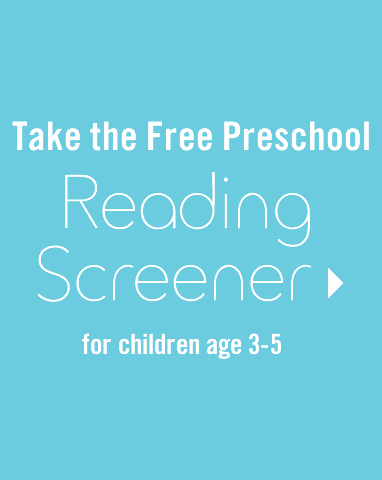Your 3-year-old has gained good control over her large muscles and probably enjoys hopping, running and jumping all over your house. Preschoolers this age are also generally able to follow simple two-step instructions (e.g. "Go get your shoes and bring them to me"). This activity combines these skills in a fun way, allowing your child to practice listening for beginning sounds while getting some of that excess energy out!
- two to three stuffed animals or other toys whose names begin with the same sound
- an open space or area for movement
Step 1: You will need an open space to play this game. If you prefer that your child not run in your house (or space will not allow for it), you can play this game outdoors. If you prefer, you can choose a movement other than running (crawl, tiptoe, march, etc.).
Step 2: Choose two toys whose names begin with different sounds. Say the name of each toy, emphasizing the beginning soundfor each word, not the name of the letter the word begins with. Encourage your child to repeat after you.
For example, if you chose a ball and a car, try this:
Show the ball and say: "This is your b-b-ball. Say it with me: b-b-ball”
Show the car and say: “This is your c-c-car. Say it with me: c-c-car"
While your child is watching, place each toy about 6 feet apart on the ground and a short running distance from you. Tell your child that you are going to make a sound and that you want her to run over and pick up the toy that begins with that same sound.
You might say:
"I'm going to say a sound.
Listen! b-b-b
Which toy starts with the b-b-b sound? Is it c-c-car? Or is it b-b-ball?
Go get it!"
Step 4: Acknowledge your child for finding the correct toy. If she does not go to the toy that makes the same beginning sound, you can simply say:
"You found the c-c-car. Can you go get the b-b ball?"
Step 5: If your child enjoys this game, you can play again with additional toys. Always remember, the goal is to have fun while learning!
Step 1: To make it easier and failure free, reduce the number of choices and skill level. Choose two toys whose names begin with the same sounds. Say the name of each toy emphasizing the beginning soundfor each word, not the name of the letter the word begins with. Encourage your child to repeat after you.
For example if you chose a ball and a bear try this:
Show the ball and say: "This is your b-b-ball. Say it with me: b-b-ball”
Show the bear and say: “This is your b-b-bear. Say it with me: b-b-bear"
Step 2: While your child is watching, place each toy about 6 feet apart on the ground and a short running distance from you. Tell your child that you are going to make a sound and that you want her to run over and pick up the toy that begins with that same sound.
You might say:
"I'm going to say a sound.
Listen! b-b-b
Find a toy that starts with the b-b-b sound! Are you going to get the b-b-bear? Or the b-b-ball?
Go get it and bring it to me!"
Step 3: Acknowledge your child for finding and bringing you the correct toy. "You found the b-b-bear! Say it with me: b-b-bear."
Step 4: Remember you made it easier by building in a successful experience for your child by providing both toys that start with the same letter. As your child becomes more familiar with beginning sounds, move to a more advanced level for this activity. You can continue the game by having her go back to get the other toy that begins with the sound.
Step 1: To add some challenge, move to a more advanced level of the skill. Choose three toys. The names of two of these toys should start with the same sound, and the name of the other toy should begin with a different sound.Say the name of each toy emphasizing the beginning soundfor each word, not the name of the letter the word begins with. Encourage your child to repeat after you.
For example if you chose a ball, a bear and a car try this:
You might say:
Show the ball and say: "This is your b-b-ball. Say it with me: b-b-ball.”
Show the car and say: “This is your c-c-car. Say it with me: c-c-car."
Show the bear and say: “This is your b-b-bear. Say it with me: b-b-bear."
Step 2: While your child is watching, place each toy about 6 feet apart on the ground and a short running distance from you.
Step 3: Tell your child that you are going to make a sound and that you want your child to run over and find two toys that begin with that sound.
You might say:
"I'm going to say a sound.
Listen! b-b-b
Can you go find the toys that begin with the b-b-b sound?
Go get them!"
Step 4: Acknowledge your child for finding and bringing you a toy.
You might say:
"You found the b-b-bear. Can you find the other toy that begins with b-b-b-b like b-b bear?"
If needed, you can provide additional support by saying, "Is it the c-c-car, or is it the b-b-ball?"
Step 5: For even more of a challenge: Ask your child to find the toy whose name does not begin with same sound as the other two toys.
You might say:
“I see a b-b-bear, a b-b-ball, and a c-c-car. Can you go find the toy that starts with a differentsound?
Go get it!"








